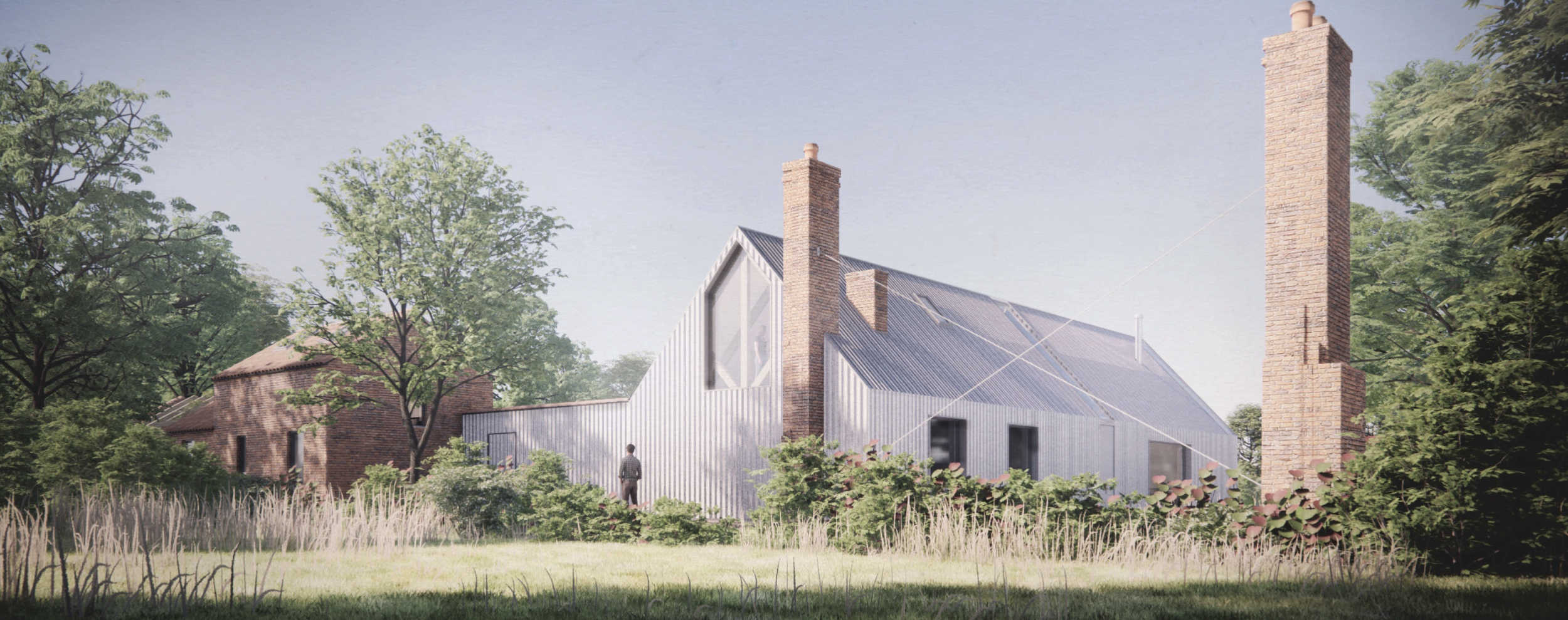My DOMtips: How to design your coastal home
We all know that feeling when you enter a beautiful beach house. It’s evocative and transportive, instantly bringing a sense of calm and comfort, away from the problems of the city. The moment you walk through the door, it’s an invitation to take a deep breath, exhale and leave all the stress behind. Whether it’s the crisp white walls, natural material or charming little details that say “this is life by the sea”, there is a common thread in most beach retreat interiors that can make that experience oh so special!
So even though the summer has just finished, we are already thinking about our next weekend at the seaside. Truthfully, with all the wonderful changes at the Coastguard’s Cottage, it is hard to stay away. So if you are like us and you love your dreamy beach house, you are probably always thinking about your next little project to make it even more beautiful. Having just finished remodeling, we thought it would be the perfect time to share some of our top tips for designing your coastal home, from choosing the right materials for your walls and floors, to layering furniture and accessories to elevate the interiors. These are our DOMtips!
1. Mix old and new
It is important to remember that while modern luxuries are necessary to make us feel comfortable in this space, there is an undeniable charm about things that have a history to them. Whether you are in the process of renovating a property or decorating your new beach house, there are many ways to bring in details from the past. For example, we chose to keep most walls that were hiding behind wallpaper unpainted. It is this weathered look that introduces a lot of warmth to the space and sets the color palette for the rest of the room. Similarly, you could also keep an original mantelpiece proudly standing above the fireplace, reuse window frames and or wooden shutters as decoration to add a vintage touch on the walls, or simply bring back some antique furniture from your latest treasure hunt.
2. Embrace the view
Sometimes, the most significant quality of a coastal retreat is the prime location next to the beach. So why not make the most out of it? While it’s not always easy to come up with the perfect scheme, we always advise keeping the best view for the room you will be spending most of your time in. For some, that might be the kitchen and dining area to enjoy family meals overlooking the waves, while others might prefer saving the best seat in the house for their study. The choice is yours! If you are planning to remodel, you could also change or add new, larger openings, like floor-to-ceiling windows and sliding doors to maximize the effect.
3. T+G = Gorgeous textured walls
Nothing says “beach house” more than those beautiful tongue and groove walls we all know and love. It’s almost like they’ve become synonymous with that coastal look and their sight evokes the fondest summer memories from our childhood. This type of wood paneling is a great way to add texture without compromising the modern feel of the space, being the not-so-blank canvas before you start layering furniture and decor to make it feel more personal. Additionally, the same technique can be used to match or hide the closets and cabinets in a room, and even if the style feels too much, there are many ways to create accent walls or even use tongue and groove on the ceiling. Be creative about it!
4. Stick to neutrals
If you are a fan of the modern farmhouse, coastal, and cottage styles, you are probably already familiar with this rule. It is important to keep a neutral palette in the space to avoid overwhelming the eye with all the rustic elements that are necessary to recreate that aesthetic. White, off-white, beige, brown, and grey are all perfect choices for walls, soft furnishings, and decorations. The occasional pop of color might be needed based on your personality, but too much can definitely take away from an otherwise perfectly designed space. And there’s just something so incredibly relaxing about a monochrome room.
5. Add some retro charm
Now, this might be a personal preference but don’t you think retro appliances just look better in a cottage? Choosing the right stove, refrigerator or kettle can really make or break the design of your kitchen, because they overpower everything else and well, they’re always there. So sometimes, investing in one might be the right choice even if it seems like an insignificant detail. Whether you go for the ones that reference classic 50s or 60s styles or fix up an original, old-school is cool. An absolute favorite of ours is the white enamel Jotul wood burner in the kitchen at the Coastguard’s Cottage, or as some might say, the crown jewel of the renovation.
5. Layer natural accents
White is certainly a go-to for every seaside house, but how do you make an all-white room feel warm and inviting? The solution is simple, break it up with natural accents! For example, we chose terrazzo tiles for the bathrooms to mimic the pebbles on the nearby beach and the garden outside and highlighted the timber knee wall in the attic bedroom, to make the bedroom feel extra cozy. Furniture pieces are also a great way to achieve this, with large wooden tables, rattan or bamboo chairs, and wicker baskets, all completing the look. For the soft furnishings, your choices should be ergonomic, not just beautiful. A jute rug will go a long way in a high-traffic area and some linen or cotton throws will protect your furniture from wet swimsuits and sandy feet.
6. Upcycle/ Adapt/ Reuse
A great way to add character to a space and save the environment while doing it is to upcycle things you already have. Do we really need a new sofa or can we reupholster the one we already have? A lot of times, what we want has been in front of us the entire time but we just don’t know how to appreciate it properly. By breathing new life into those beloved pieces, not only are we continuing their story to pass them on to the next generation but we also protect our planet and bring work to the local communities of craftspeople that can restore them to their original glory.
7. Select striped fabrics
So you decided that you want to upcycle your favorite sofa but don’t know what to do with it? Choose a striped fabric, ideally, one made of natural fibers, such as linen, cotton, or wool blends. The pattern will tie in perfectly with the coastal theme and add some complexity to the neutral tones we have previously discussed. As a general rule, thin stripes tend to look more sophisticated and discreet, especially on larger pieces but a thick strip can also be an excellent choice for an accent piece or the curtains, creating a focal point in the room. And if you have any leftover fabric, you can make napkins or a tablecloth with it!
8. Search for nautical influences
No coastal home can be complete without the occasional nautical references that echo the topical character of the design. Of course, they should be overwhelming to the extent that your house starts looking like a boat but there is an undeniable charm about a little detail in an unexpected place. Again, upcycling is a key word here so allow yourself to get inspired by your surroundings and be creative about the ways that you can use a fish-trap or a bottle that washed ashore. There are so many interesting ways to add in those elements and this is where you get to have the most fun with the creative process. And yes, that is indeed a thick manila rope as the ladder rail of the Coastguard’s Cottage.
9. Accessorize with fashion
Accessorizing is a brilliant way to style not only your daily looks but your house as well. Here at DOM, we are big supporters of only using items that are practical and serve a purpose, so it’s only natural that our interior vignettes are often composed of wicker bags or straw hats and baskets that we actually need there. Putting up some hooks by the entrance or hanging your favorite shirt from a well-weathered wooden ladder in the bedroom, can be a great way to display these favorite fashion items in an unpretentious way.
10. Choose your own path!
Now, this might be a bit controversial, but we strongly advise you to avoid clichés! There is no reason to do what everyone else is doing, to plainly copy your favorite influencer, or to simply choose the obvious. Go for the things that truly speak to you and reflect your personal identity in the space. You are the one who is going to be living in it, so it has to fit your needs. An original design is always going to be a conversation starter!
Photography by Felix Speller












